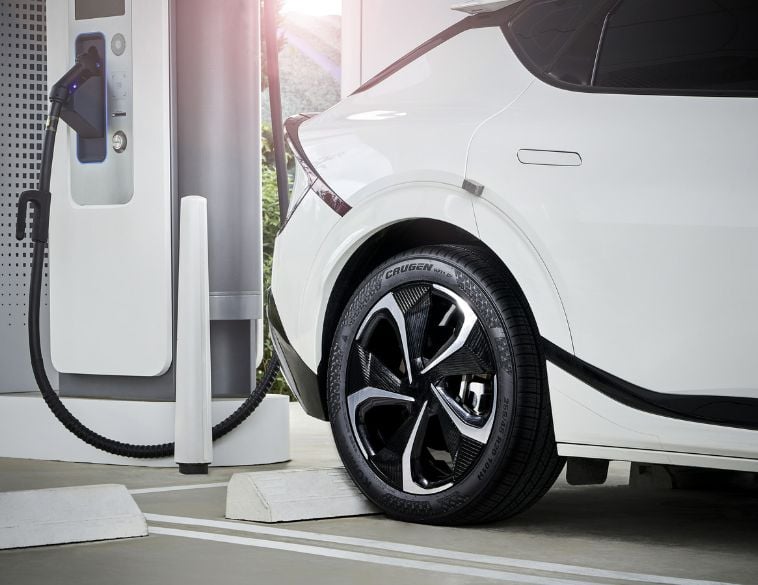In the first of a multi-part series, we assess the trend of low-profile tires, bigger wheels and shorter sidewalls, and what it means for both dealers and consumers in Canada.
Have you been seeing more low-profile tires out on the roads lately?
It’s not your imagination. The large-wheel, short-sidewall look is undeniably on-trend. More drivers than ever are riding on them, often as original equipment on their new vehicles, including everything from budget sedans to—believe it or not—minivans!
OEMs capitalize on this trend by using wheel style to differentiate premium trims, driving up the prestige factor. When we look at original equipment tire databases going back 10 years, we see one mainstream OEM go from having 24 tire sizes a decade ago to 34 sizes today. That’s a 40% increase!
This creates interesting challenges for the fixed ops side of the business. But it’s also a huge opportunity for dealerships and their staff to take this bull by the horns and up their tire selling game.
Here are some tips to help your dealership thrive in the low-profile tire environment:
Build out your staff’s tire and wheel expertise
For the vast majority of drivers, low-profile tires are not a good option for winter driving in Canada. Even winter-driven performance vehicles benefit from a properly downsized winter tire and wheel package.
Make sure your sales and parts staff are ready to answer questions about why an optimized winter package is a way to go.
Customers will appreciate honest discussions that lead them toward the best decisions for their lifestyles.
Promote your expertise online
Customers may not see your dealership as a source for tire expertise if they’re used to dealing with an aftermarket shop, so it’s a good idea to promote yourself.
Consider publishing articles, blog posts, or videos in your email newsletter or on social media covering the pros and cons of lower-profile tires during the summer and winter months.
This works well alongside a dedicated page on your website with an embedded tire selection tool, which lets customers find their best tire and wheel combo without too much noise.
Here are some pros and cons to consider highlighting:
- Low-profile tires have shorter and stiffer sidewalls and a larger contact patch, which offers more grip and more responsive cornering on smooth pavement. But these factors get flipped in the winter when narrower tires with taller sidewalls are more effective at cutting through ice and snow to make contact with the road. Winter tire sipping and optimize tread design ensure the ideal contact patch for your vehicle in winter.
- Low-profile tires are more prone to blowouts and rapid deflation when they strike potholes and debris, and larger wheels are more likely to bend or crack on potholes and may corrode with salt contact depending on the finish. These are important (and potentially expensive) considerations on Canadian roads.
Consider your supply chain
OEMs are offering more tires than ever, but you may not need the full selection. With a bit of math and a focus on winter package selling, you can narrow your field to 10 to 15 tire SKUs that will cover 80 to 90% of your needs.
Next time, we’ll cover how to help make the tire selection process as painless as possible, as well as some preparation that can help your dealership offer on-trend wheels for winter and have ready-made solutions on hand to make tire season easier.



